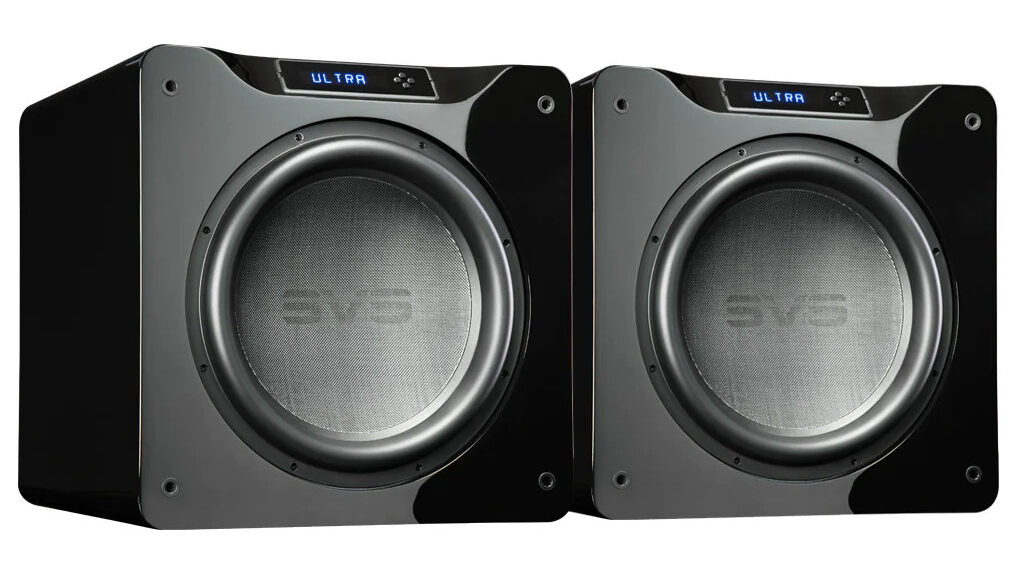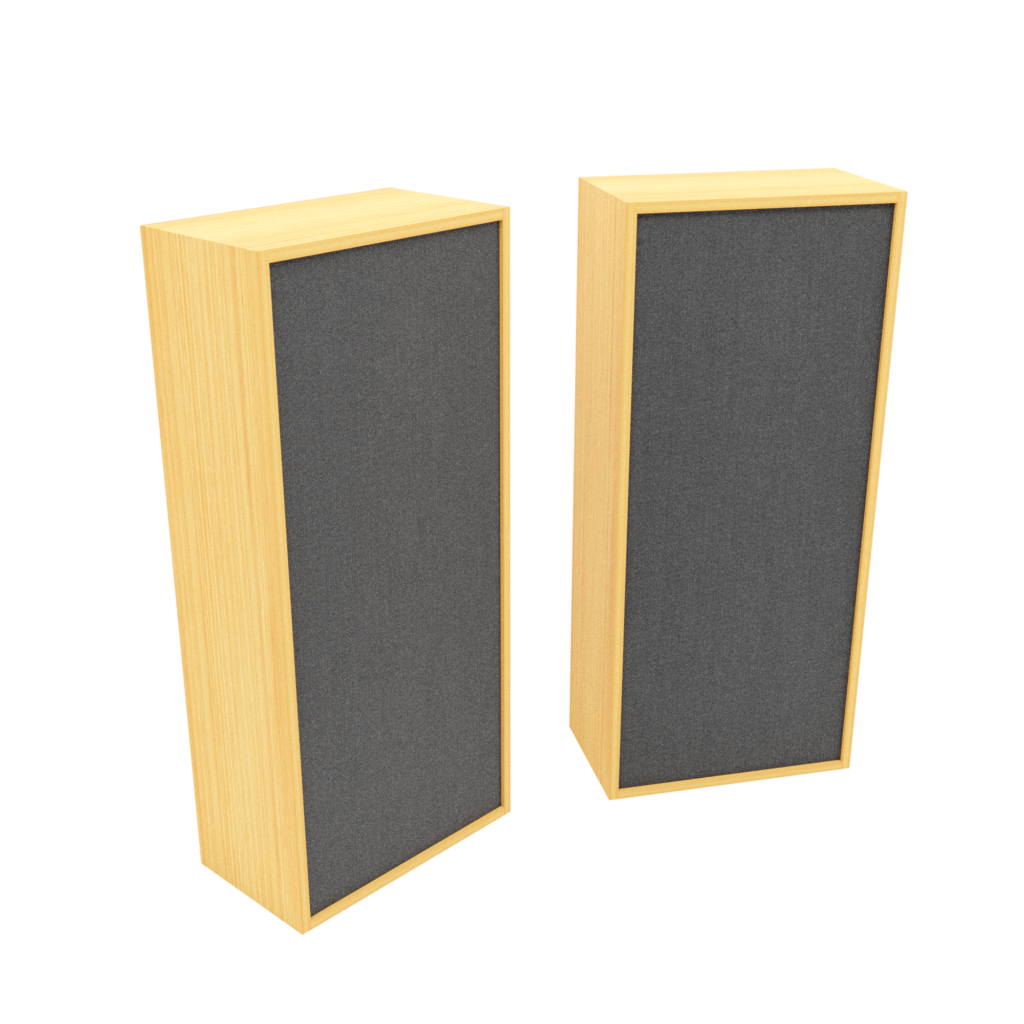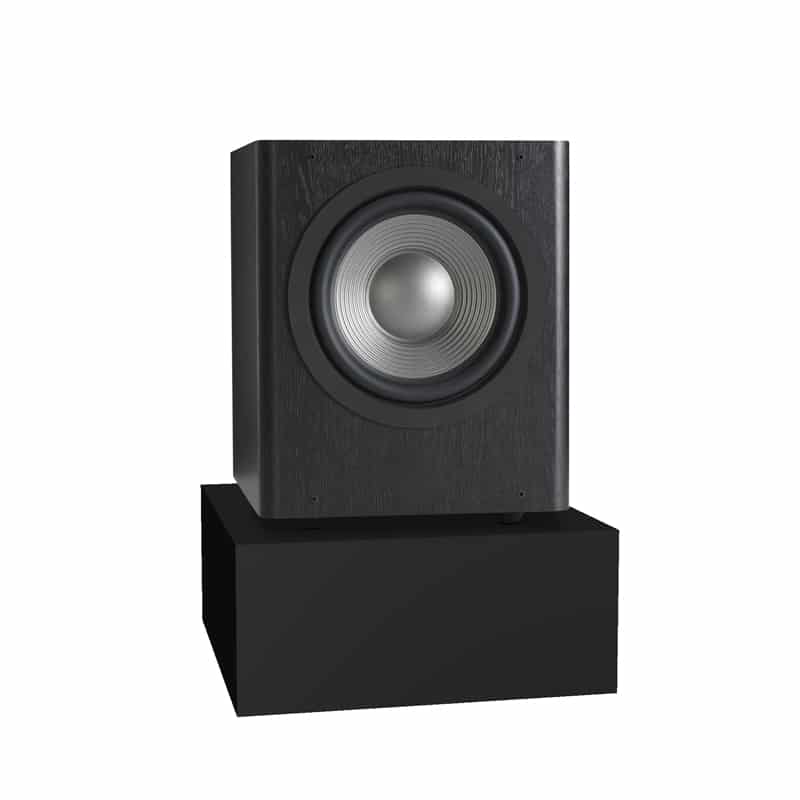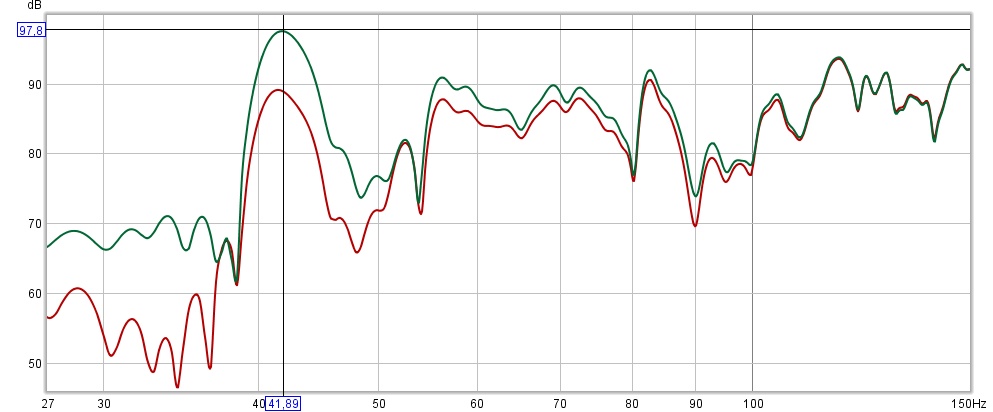
Table of Contents
Introduction
The key to understanding dual subwoofer placement is to understand the physics behind low frequency pressure within small rooms. The goal with any low frequency pressure producing device is to locate it within the room satisfying two main objectives. First, it must do no harm. It must be positioned at the proper location within the room so as not to make the measured frequency response of the room worse. Secondly, it must blend properly with the middle and high frequency energy within the room.
Purists call this non-localization of source. There are many factors that contribute to the placement of subs within a room. The first issue to consider is the three dimensions within your room. The width, height, and length of a room conspire to produce unwanted modal pressure between the wall surfaces. Modal pressure is distortion. It will exaggerate some frequencies and octave bands and completely eliminate others.

Subwoofer Placement: Why One is Already Too Much for Most Rooms
The energy that a dual subwoofer placement puts into a room is way more energy than the room can manage. Even one subwoofer in most rooms is too much low frequency energy. A subwoofer generates low frequency waves of energy that are 30 – 40′ long and 15 – 20′ high. These waves of oscillating energy do not fit into most rooms. When the energy doesn’t fit, it causes the air between two, four, and 6 “walls” to vibrate. When it vibrates it exaggerates certain octave bands and completely eliminates others.
It is the worst type of distortion a room can possess and it is all based upon the amount of energy you are placing within the room and the room dimensions. Some room dimensions are more favourable to lower frequency energies. These are the room ratios of width, height, and length that you must strive to achieve. Along with the proper room dimensions which must match the intended usage comes the treatment inside the room to manage pressure and reflections.

Comparing Low Frequency Absorption Methods: Why Diaphragmatic Absorbers Reign Supreme
There are three types of low frequency absorption. There is Helmholtz, membrane, and diaphragmatic. Helmholtz works only in a limited frequency range and they do not have a large enough rate of absorption. You need many units. Membrane is the cousin to diaphragmatic. A membrane absorber and a Helmholtz can go down to lower frequencies. However, they are not as effective as a diaphragmatic absorber. A diaphragmatic absorber is the most powerful of the three. This is the technology we use at Acoustic Fields.
It can go low and get a lot for every square foot of surface area. Any dual subwoofer placement procedure must take into account the room dimensions along with the amount of low frequency treatment that is in the room. a dual subwoofer placement will be dramatically different before and after treatment. If the room dimensions do not support the excess low frequency energy, you must place the proper type, amount, and treatment in the room.

Optimizing Dual Subwoofer Placement for Flattest Room Response: Choosing the Right Wall Surfaces
Once you have the proper room dimensions along with the correct type, amount, and positioning of treatment within the room, you can begin to assign some strat positions for your dual subwoofer placement. We want to look at the walls that have the highest starting room low frequency modes. We want to stay away from wall dimensions that support 30 and 40 hz. We want to focus on walls that start their lower frequency issues around 50 Hz.
If we locate our subs on room boundary surfaces that produce 30 and 40 hz. distortions based upon their dimensions we are just aggravating the issues. Every wall based upon its dimensions has a different frequency and amplitude distortion for lower frequency energy. We do not want to excite these known frequency modes. Hopefully, we have chosen the proper type, amount, and placed enough treatment to achieve the flattest room response budget and space will permit.

Step-by-Step Guide to Positioning Dual Subwoofers for Optimal Low Frequency Response
Once we have a general idea on which walls to stay away from, we can start positioning along each side of our listening chair. We will start with subwoofer end tables on each side of the listening position. We will use that as our start position and we will move the subs toward together at 1′ intervals to the front of the room and then repeat the procedure for the rear wall. We want to move the subwoofers on a line towards the front of the room to start and then repeat that procedure towards the rear walls.
You will then place one sub along that straight line axis to the front and one on that straight line axis to the rear walls. Spend some time listening to the low frequency source you have chosen. With all of this back and forth movement, you will begin to understand how your room is reacting to low frequency energy. You will find a position for both subwoofers using this methodology. You may come to the conclusion that one subwoofer is enough when properly positioned.






